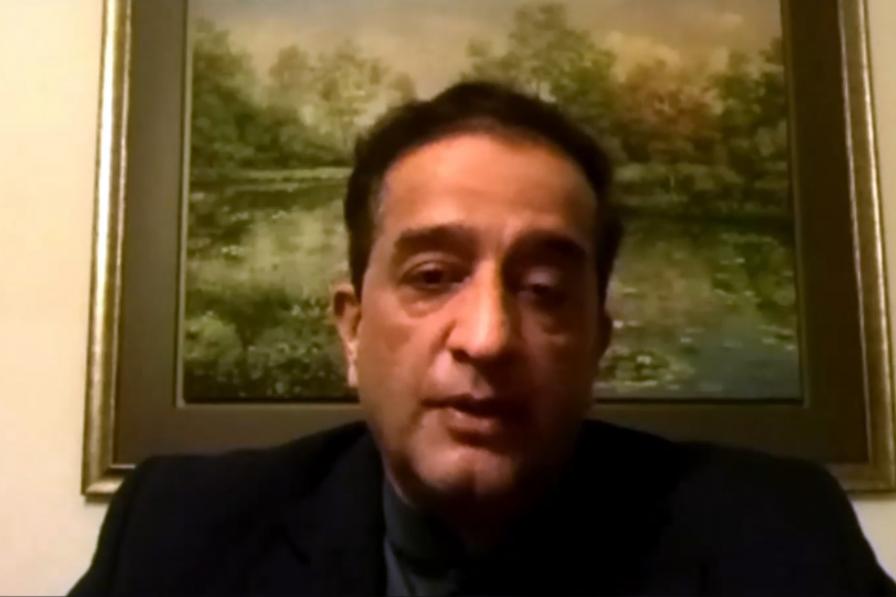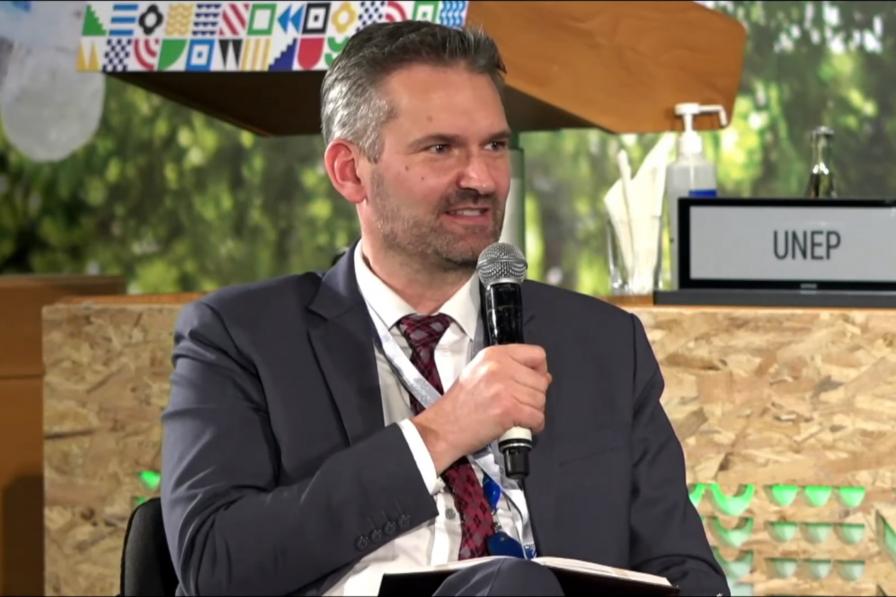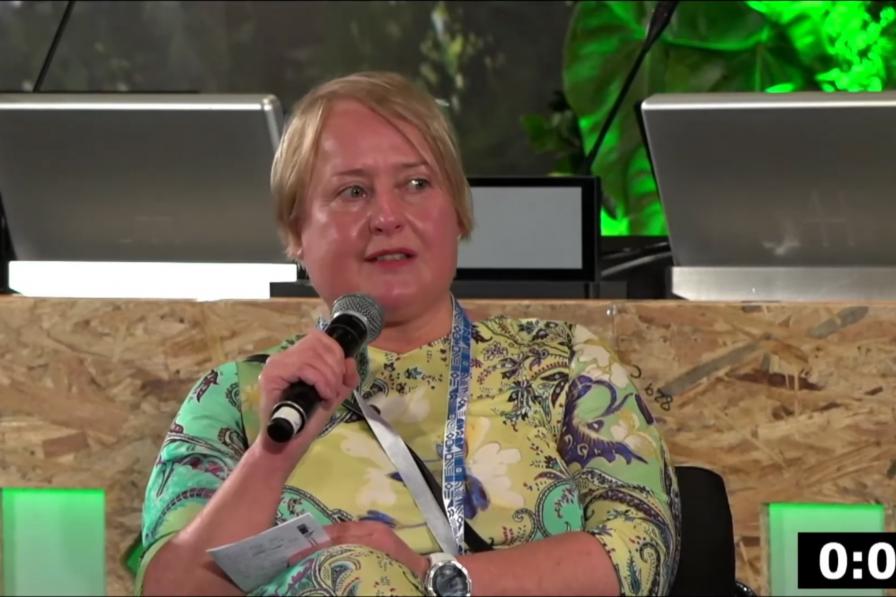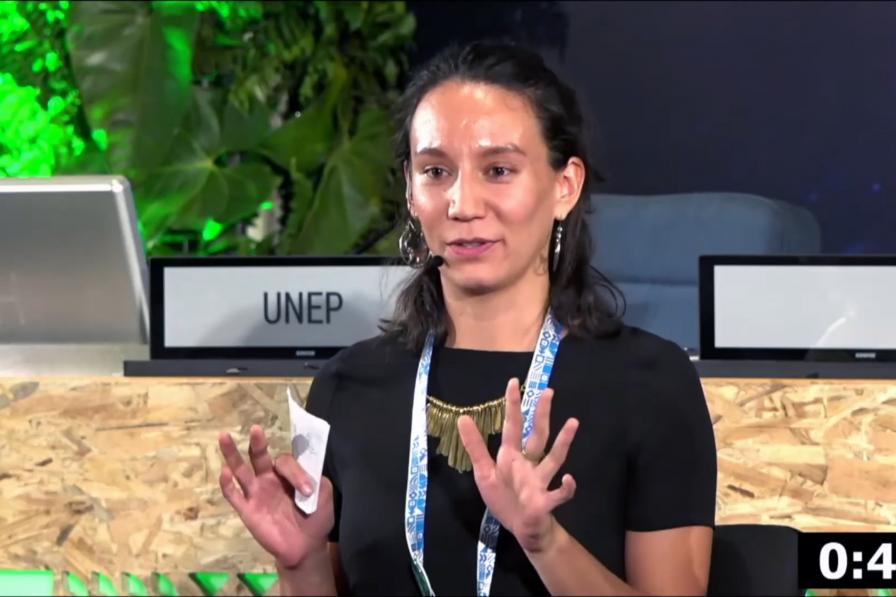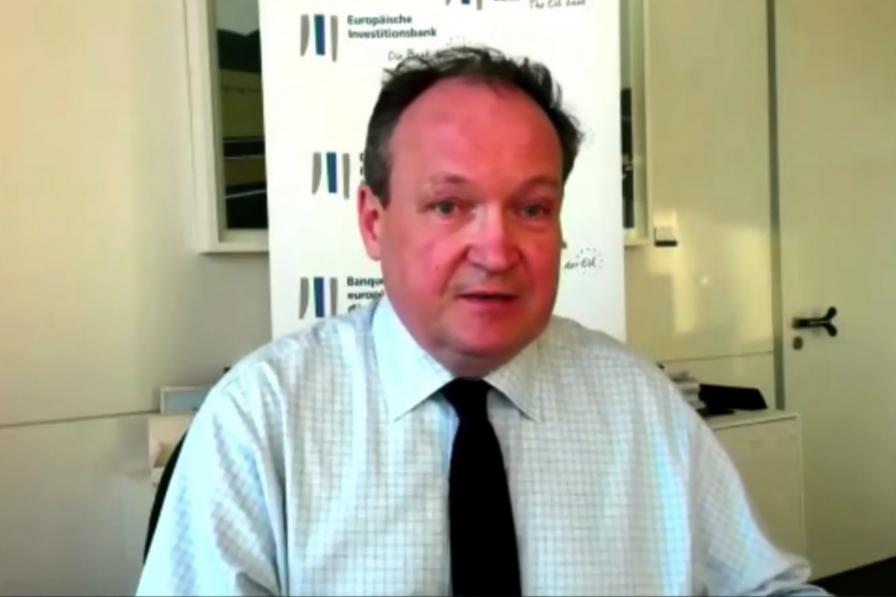UN Decade on Ecosystem Restoration: From Commitments to Actions for Nature
“We need to move from promising action to action as promised!” This was a key message from the UN Decade on Ecosystem Restoration Flagship Event held in the sidelines of the resumed fifth session of the UN Environment Assembly (UNEA-5.2). Similar sentiments were echoed by all speakers during the event that showcased initiatives across regions, sectors, and ecosystems to call for higher political ambition, financing, and action for nature. UN Environment Programme (UNEP) Executive Director Inger Andersen called the UN Decade on Ecosystem Restoration a “rallying cry to step up terrestrial and aquatic ecosystems restoration to tackle the triple planetary crisis of climate change, biodiversity loss, and pollution and waste.”
Moderator Salina Abraham, Africa Regional Manager, Global Landscapes Forum, emphasized the difficulty of shifting systems and institutions to act on ecosystem deterioration in the face of tremendous complexities, suggesting this commitment would display “our care about the future we want.”
During the hybrid panel discussion, Food and Agriculture Organization of the UN (FAO) Deputy Director-General Maria Helena Semedo explained the importance of restoration efforts, urging partners to take critical actions following the recent launch of the Working Group II contribution to Sixth Assessment Report of the Intergovernmental Panel on Climate Change (IPCC), on impacts, vulnerability, and adaptation. Calling on all to seize the opportunity provided by the UN Decade on Ecosystem Restoration, she reminded participants that multiple objectives are achieved through effective and innovative landscape and seascape management and restoration efforts. Among the model initiatives, she highlighted:
- the Collaborative Partnership on Forests, which aims to turn the tide on deforestation and restore over three million hectares of ecosystems;
- restoration initiatives across 10 countries to support 483 million hectares of degraded landscapes;
- strengthening fisheries through supporting value chains and restoring mangrove ecosystems in countries, such as Senegal and Côte D’Ivoire; and
- the Great Green Wall initiative that is bringing modern technological innovations to serve local communities.
Using particular country examples, Abraham invited representatives from Germany, El Salvador, and Pakistan to describe some of their restoration efforts. Steffi Lemke, Minister for the Environment, Nature Conservation, Nuclear Safety and Consumer Protection, Germany, spoke about the EU’s commitment to renew its new Green Deal initiative to boost the efficient use of resources by moving to a clean, circular economy and arresting climate change, reverting biodiversity loss, and reducing pollution. She called on countries to usher in a new decade for nature after decades of destruction. She pledged to continue Germany’s financial contribution to 44 restoration projects across the globe and, in particular, to support the flagship projects since they serve as an inspiration for others to follow suit.
Fernando Andrés López Larreynaga, Minister of Environment and Natural Resources, El Salvador, described some of the impacts of climate change on his country and emphasized the role of regional partnerships, monitoring and evaluation, and innovative financial mechanisms as critical components to successful restoration initiatives.
Speaking about his country’s achievements in the “Green Growth Initiative” which included the mass afforestation “Billion Tree Tsunami” project, Malik Amin Aslam, Federal Minister and Advisor to the Prime Minister for Climate Change, Pakistan, described the current 10 billion tree reforestation project. He highlighted the positive elements of restoration, including economic benefits through creating a green image and receiving blue bonds (which support healthy oceans and blue economies), and the social benefits of job creation and employing youth.
Shamila Nair-Bedouelle, Assistant Director-General, UN Educational, Scientific and Cultural Organization (UNESCO), stressed the important role of science and education to ensure restoration policies become homegrown, and suggested environmental education and lifelong learning should include marine restoration. She singled out UNESCO’s:
- 75-year experience in scientific research;
- the 50 years of 727 biospheres with the Man and the Biosphere Programme, where 275 million people live;
- 169 Global Geoparks, which act as laboratories for sustainable development to promote the recognition and management of global heritage; and
- 1154 World Heritage Sites through which nature is restored while acting as incubators and learning areas.
On the role of finance, European Investment Bank Vice-President Ambroise Fayolle outlined the Bank’s contributions to nature-supportive activities, including the Great Green Wall, the Land Degradation Neutrality Fund, and the Clean Oceans Initiative. He noted the Bank has moved its standard for assessing biodiversity projects from no-net loss, to no loss, thereby strengthening support to nature-positive activities.
Mohamed Bakarr, Global Environment Facility (GEF), emphasized the role of financial mechanisms but urged greater integration of efforts to ensure lasting restoration of ecosystems. He drew attention to the start of the GEF’s eighth replenishment cycle, saying it is crucial to work with grassroots organizations while not ignoring the vertical dimensions of partnerships across the spectrum of education, development, the private sector, and civil society.
On the elements that would create a mass movement for ecosystem restoration, youth restoration leader Vania Olmos Lau shared a story from her native Mexico City, describing how the forest restoration efforts in the vicinity created opportunities for young people to become engaged in the natural environment and to stop rural-to-urban migration. Although Mexico sponsors one of the biggest restoration efforts, she warned against prioritizing restoration at the cost of conservation, as these could compete for the same resources and confuse the public.
Concluding the event, FAO’s Tiina Vähänen and UNEP’s Tim Christopherson called on countries to nominate their first, best, and most innovative flagship projects, saying it will remain a recurring call throughout the decade.
To receive free coverage of global environmental events delivered to your inbox, subscribe to the ENB Update newsletter.
Selected Images
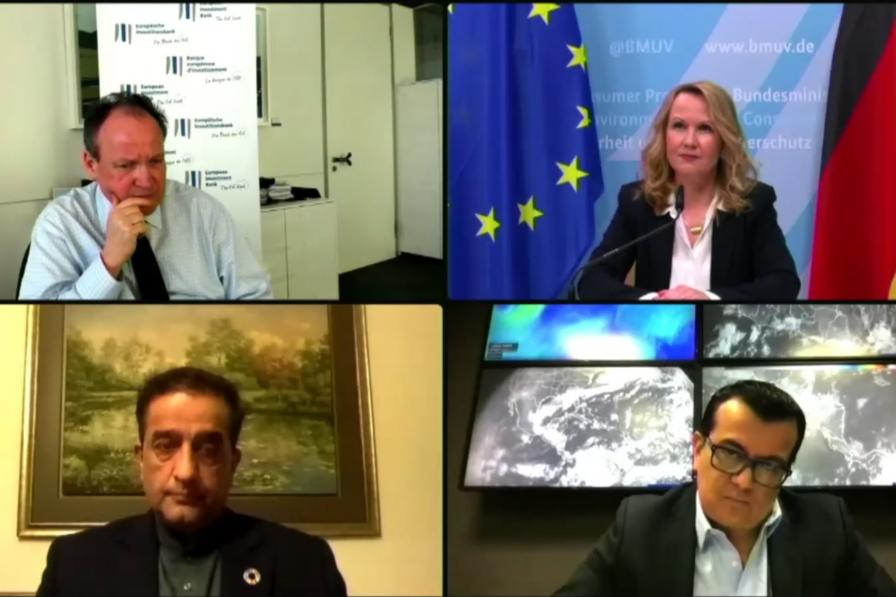
Clockwise from top left: Ambroise Fayolle, Vice-President, European Investment Bank; Steffi Lemke, Federal Minister for the Environment, Nature Conservation, Nuclear Safety and Consumer Protection, Germany; Fernando Andrés López Larreynaga, Minister of Environment and Natural Resources, El Salvador; and Malik Amin Aslam, Minister for Climate Change, Pakistan



